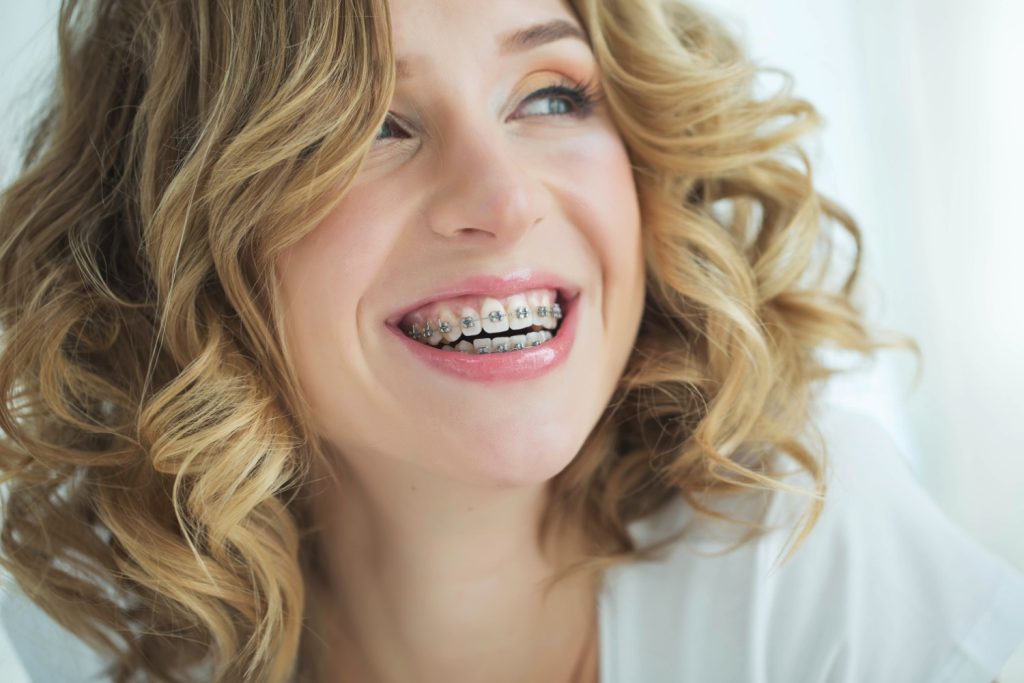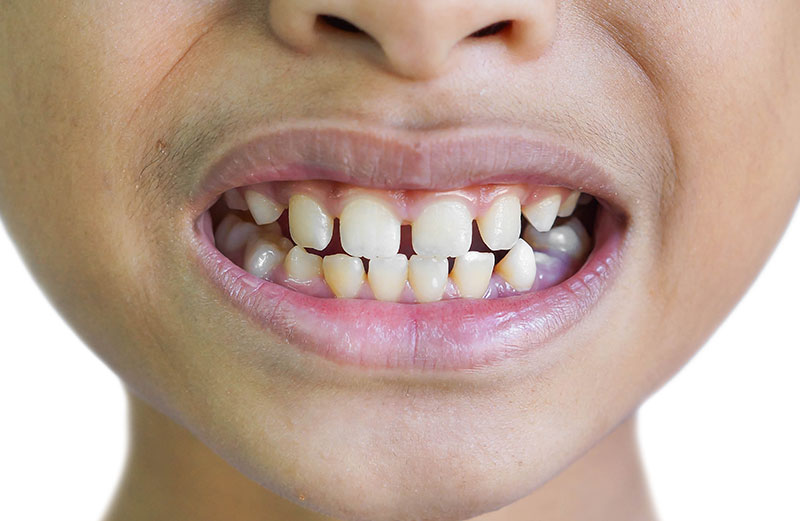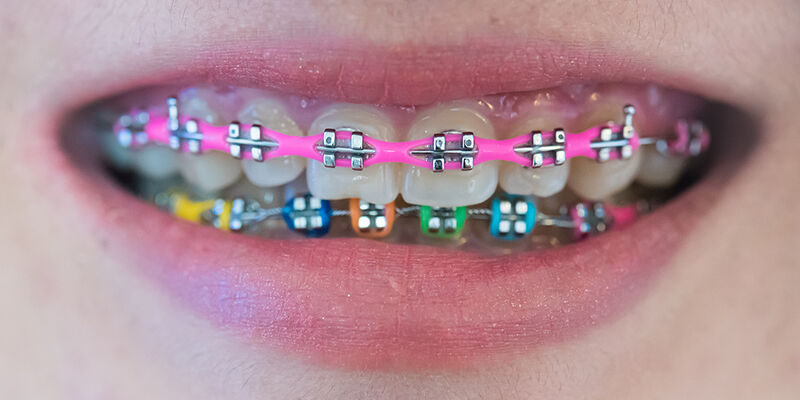braces what color should i get
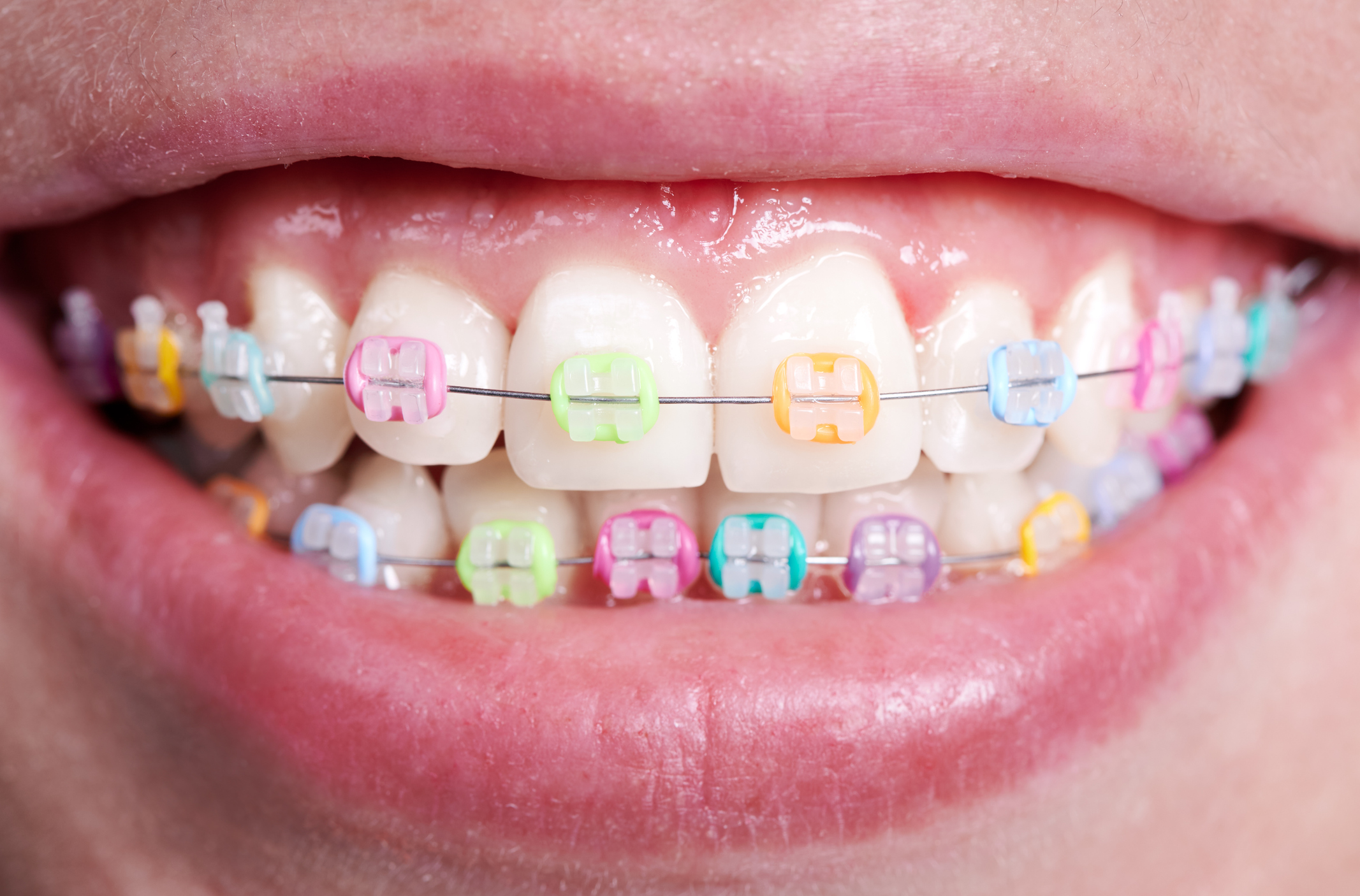
Choosing the color of your braces can be an exciting part of the orthodontic process. It allows you to personalize your braces, making the experience a bit more fun and less daunting. With a vast array of color options available, selecting the right color can be a bit overwhelming. In this comprehensive guide, we’ll explore the factors to consider when choosing braces colors, popular color choices, tips for different occasions, and how to maintain your braces. By the end of this article, you’ll have a clear idea of what color braces you should get.
Factors to Consider When Choosing Braces Colors

1. Personal Preference
Your personal taste is the most important factor in choosing the color of your braces. Think about the colors you like and feel comfortable wearing. If you have a favorite color, why not show it off on your braces? Remember, you’ll be wearing them for a while, so choose a color that you won’t get tired of quickly.
2. Skin Tone
Skin tone can play a significant role in how certain colors look on you. Here are some general guidelines:
- Fair Skin Tones: Bright colors such as light blue, pink, or violet can complement fair skin tones.
- Medium Skin Tones: Medium skin tones can rock almost any color, but jewel tones like turquoise, emerald green, or royal blue look particularly striking.
- Darker Skin Tones: Bold, vibrant colors such as gold, red, or deep purple can look fantastic against darker skin tones.
3. Teeth Color
The color of your teeth can also influence your choice. Certain colors can make your teeth appear whiter, while others might highlight any discoloration.
- Colors that make teeth appear whiter: Darker colors like black, navy blue, or dark purple can make your teeth look whiter in contrast.
- Colors to avoid if you have discolored teeth: White, yellow, and lighter colors can make your teeth look more yellow or highlight stains.
4. Clothing and Accessories
Consider your wardrobe and the colors you wear most often. If you have a signature color or frequently wear a certain shade, matching your braces to your clothing can be a fun way to coordinate your look.
5. Seasonal and Festive Themes
Taking inspiration from the season or upcoming holidays can be a playful way to choose your braces colors. For example:
- Winter: Icy blues and whites for a snowy theme.
- Spring: Pastel colors like mint green, lavender, or baby pink.
- Summer: Bright, vibrant colors such as neon green, hot pink, or sunshine yellow.
- Fall: Earth tones like burnt orange, maroon, or forest green.
- Holidays: Red and green for Christmas, orange and black for Halloween, or red, white, and blue for Independence Day.
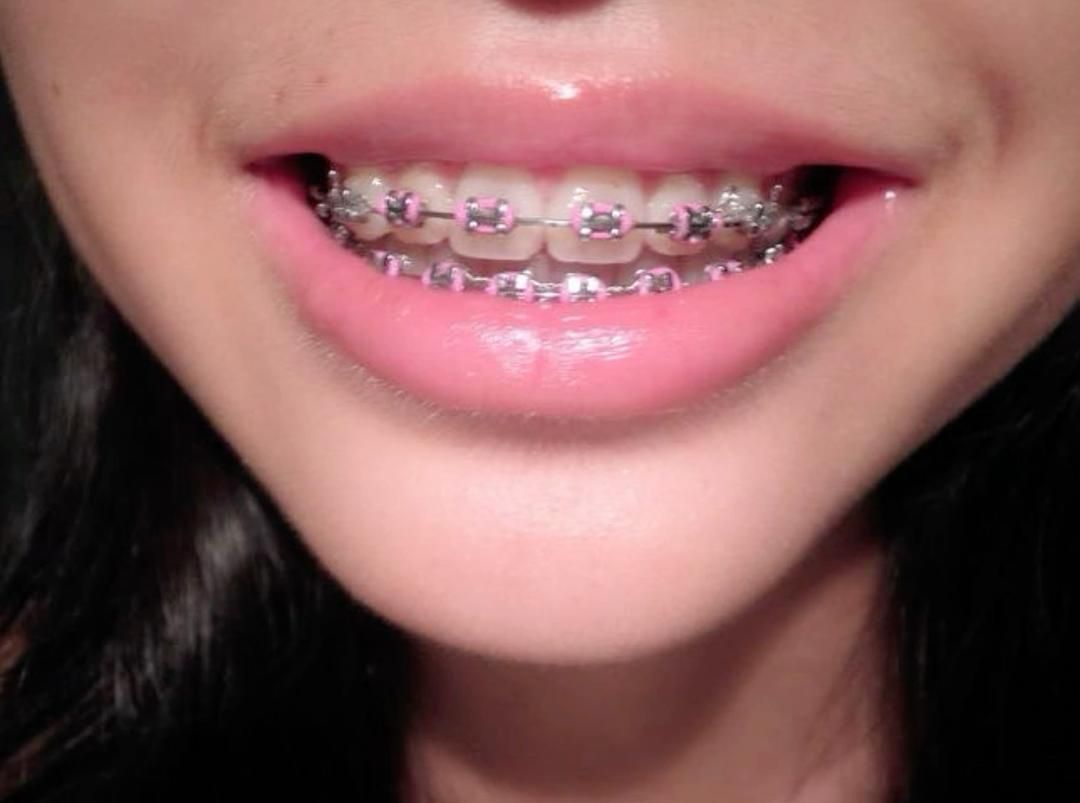
Popular Color Choices
1. Classic Colors
- Blue: A versatile and popular choice. Light blue can be subtle and soothing, while darker blues like navy can be bold and striking.
- Red: A confident and energetic color that stands out.
- Green: From neon green to emerald, green is a fun and fresh choice.
- Purple: A royal and sophisticated color that works well for all skin tones.
2. Neutral Colors
- Black: A sleek and modern choice that can make your teeth appear whiter.
- Gray: A more subtle option that blends well with most outfits.
- White: Clean and classic, but be aware it might show stains more easily.
3. Fun and Unique Colors
- Glow-in-the-Dark: Perfect for those who want to add an element of fun to their braces, especially for parties or events.
- Rainbow: A playful choice that showcases all your favorite colors.
- Metallics: Silver, gold, or bronze for a shiny, eye-catching look.
Tips for Different Occasions
1. School and Social Events
For school or social events, consider choosing colors that match your school colors or the theme of the event. This can be a great conversation starter and show your school spirit or event enthusiasm.
2. Formal Events
If you have an upcoming formal event, you might want to choose more neutral or subtle colors that won’t clash with your outfit. Black, silver, or clear bands can be great options for a polished look.
3. Sports Teams
If you’re a sports fan, choosing colors that represent your favorite team can be a fun way to show your support. Whether it’s the local team or a professional team, matching your braces to their colors can be a great way to display your loyalty.

How to Maintain Your Braces
Maintaining your braces is crucial for both oral health and aesthetics. Proper care will ensure that your braces stay clean and that your chosen colors remain vibrant.
1. Brushing and Flossing
Brush your teeth at least twice a day with a soft-bristled toothbrush. Pay special attention to brushing around the brackets and wires to remove food particles and plaque. Flossing can be challenging with braces, but using floss threaders or orthodontic floss can help you clean between your teeth and around the brackets effectively.
2. Avoid Certain Foods
To prevent damage to your braces and staining of the bands, avoid hard, sticky, or chewy foods. Foods like popcorn, nuts, caramel, and chewing gum can damage your braces or get stuck, leading to potential oral health issues.
3. Regular Dental Checkups
Attend all your scheduled orthodontic appointments to ensure your braces are adjusted correctly and your treatment is progressing as planned. Regular checkups also allow your orthodontist to check for any potential issues and make necessary adjustments.
4. Use Mouthwash
Using an antibacterial mouthwash can help reduce the risk of gum disease and tooth decay. Rinsing with mouthwash can also help keep your mouth fresh and clean, which is particularly important when you have braces.
5. Wear a Mouthguard
If you play sports, wearing a mouthguard is essential to protect your braces and teeth from injury. Custom-made mouthguards are available from your orthodontist and provide the best fit and protection.
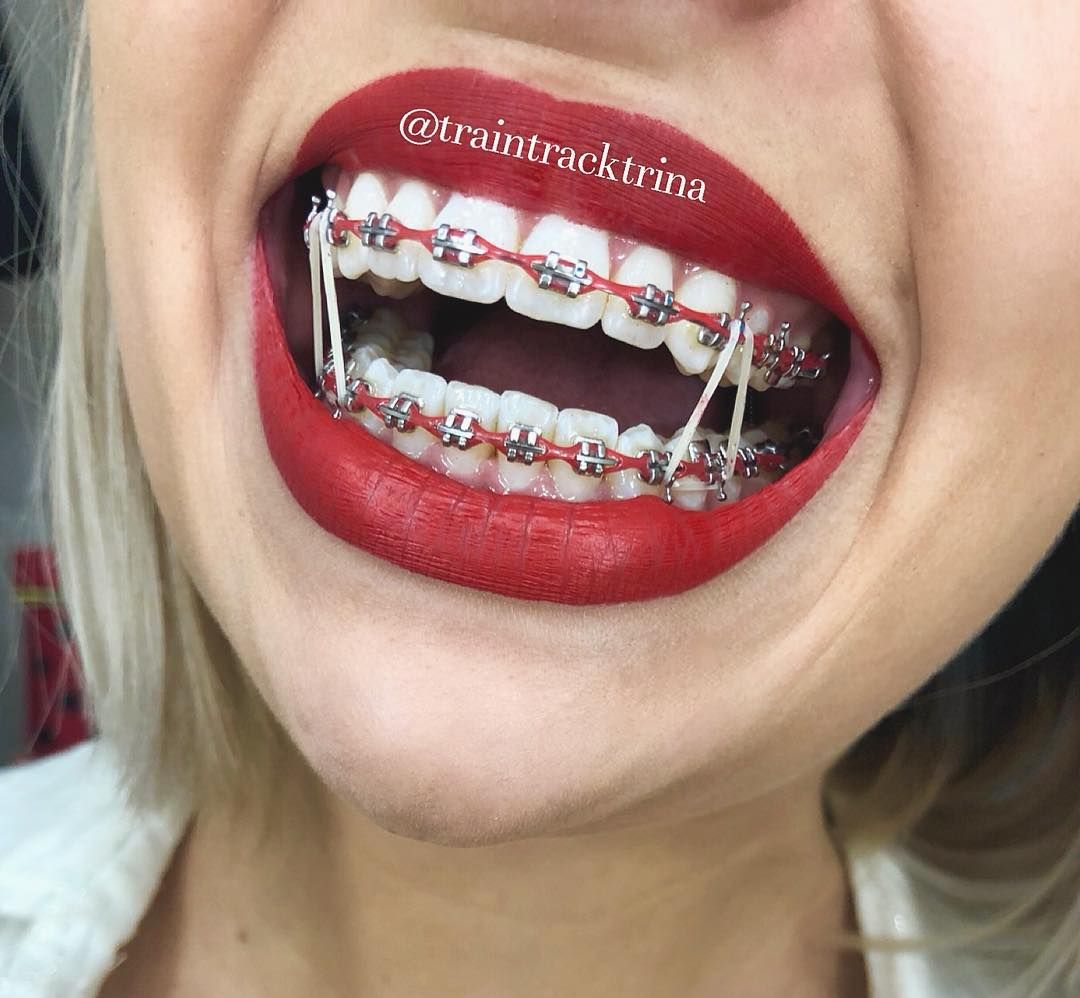
Choosing Braces Colors for Different Age Groups
1. Children
Children often love bright, fun colors that reflect their playful personalities. Glow-in-the-dark bands, rainbow patterns, or bands that match their favorite characters or themes can make wearing braces a more enjoyable experience. Changing colors at each appointment can keep things exciting and help children feel more involved in their treatment.
2. Teenagers
Teenagers might prefer colors that are trendy or match their personal style. School colors, sports team colors, or seasonal themes can be popular choices. Teens often enjoy expressing their individuality through their braces colors, so offering a wide range of options can be beneficial.
3. Adults
Adults might opt for more subtle or professional-looking colors. Neutral shades like black, silver, or clear can be discreet and blend well with any outfit. However, some adults still enjoy expressing their personality with bolder colors or even metallic shades. The key is to choose colors that align with their lifestyle and preferences.
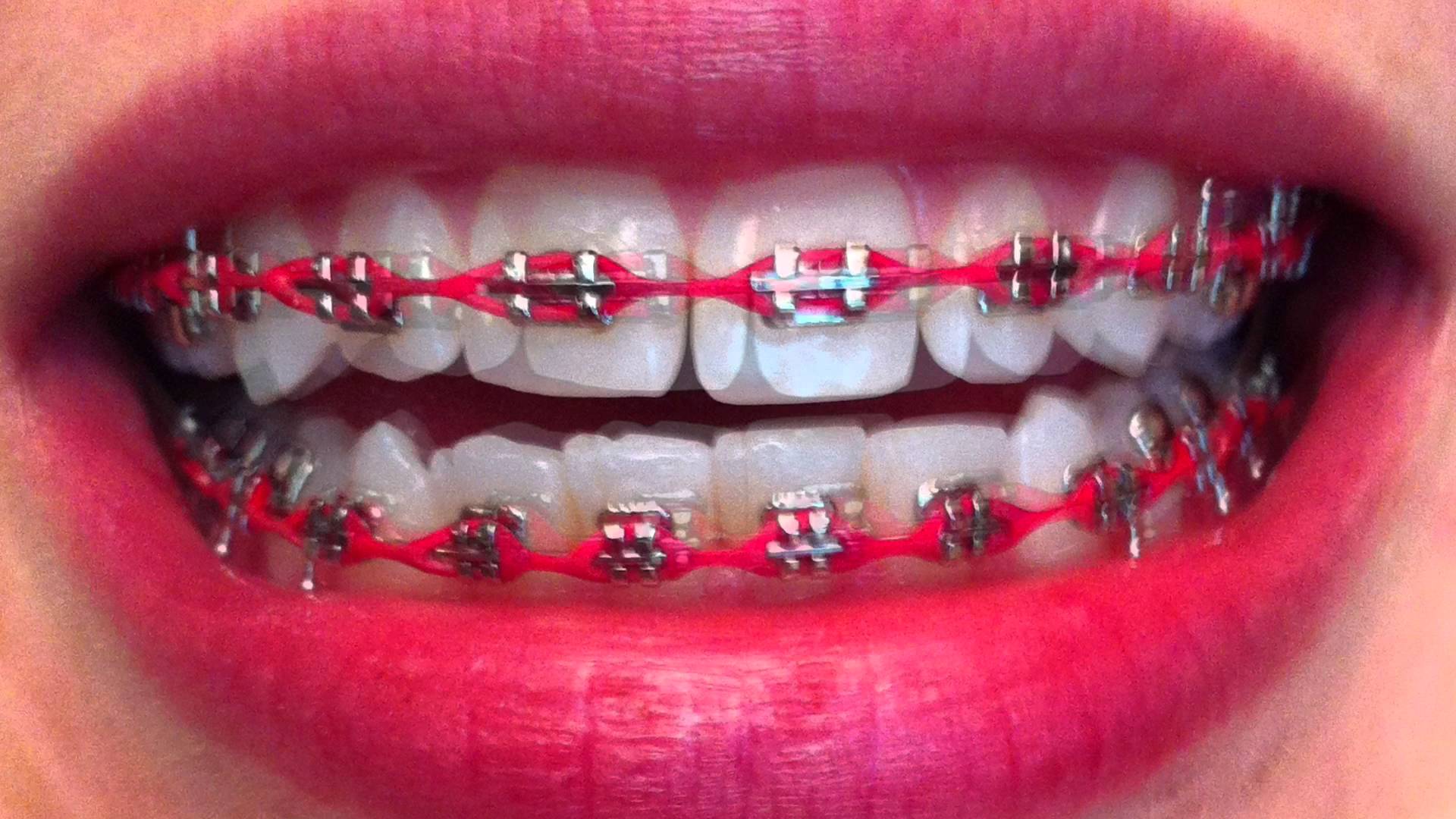
Color Combinations to Consider
1. Complementary Colors
Complementary colors are opposite each other on the color wheel and can create a vibrant, eye-catching look. Examples include:
- Blue and orange
- Red and green
- Purple and yellow
2. Analogous Colors
Analogous colors are next to each other on the color wheel and create a harmonious look. Examples include:
- Blue, green, and teal
- Red, orange, and yellow
- Purple, blue, and violet
3. Monochromatic Colors
Monochromatic color schemes use different shades of the same color for a subtle, cohesive look. For example, various shades of blue or green can create a calming and coordinated appearance.
4. Seasonal Color Combinations
Choosing colors based on the season can be a fun way to keep your braces looking fresh and festive. For example:
- Spring: Pastel pink and mint green
- Summer: Bright yellow and turquoise
- Fall: Orange and brown
- Winter: Dark blue and silver
Frequently Asked Questions About Braces Colors
1. How Often Can I Change My Braces Colors?
You can change your braces colors at each orthodontic appointment, typically every 4-6 weeks. This allows you to experiment with different colors and keep your braces looking fresh and fun.
2. Can I Get Different Colors on Top and Bottom Braces?
Yes, you can choose different colors for the top and bottom braces. This can be a great way to experiment with color combinations and express your unique style.
3. What If I Don’t Like the Color I Chose?
If you don’t like the color you chose, don’t worry. You can change it at your next orthodontic appointment. Orthodontists understand that personal preferences can change, and they are usually happy to accommodate your requests.
4. Do Certain Colors Stain More Easily?
Yes, lighter colors like white, yellow, and clear can stain more easily, especially if you consume foods and drinks that are prone to staining, such as coffee, tea, and red wine. Darker colors tend to show less staining and can be easier to maintain.
5. Can Adults Choose Fun Braces Colors?
Absolutely! Adults can choose any color they like. Whether you prefer subtle, professional colors or fun, vibrant shades, the choice is yours. Many adults enjoy expressing their personality through their braces colors.
6. How Do I Know Which Colors Will Look Best on Me?
Consider your personal preferences, skin tone, and the colors you wear most often. You can also ask your orthodontist for a color wheel or samples to help you visualize how different colors will look. Experimenting with different colors at each appointment can help you find your favorites.

Conclusion
Choosing the color of your braces is an exciting and personal decision that can make your orthodontic journey more enjoyable. By considering factors such as personal preference, skin tone, teeth color, and your wardrobe, you can select colors that enhance your appearance and reflect your personality. Whether you opt for classic, neutral, or fun and unique colors, the key is to choose something that makes you feel confident and happy. Remember to maintain your braces properly to keep them looking their best and consult with your orthodontist if you have any questions or concerns about your color choices. With the right colors and care, your braces can be both a functional and fashionable part of your smile transformation.
Related to read:
Best Oral Hygiene Practices For Optimum Oral Health.
How to Whiten Teeth Naturally?
How to keep your gums healthy and disease-free?
References
To ensure the information provided is accurate and up-to-date, the following sources were referenced:
- American Dental Association. (n.d.). Plaque and Tartar. Retrieved from ADA website
- Mayo Clinic. (n.d.). Dental Plaque. Retrieved from Mayo Clinic website
- National Institute of Dental and Craniofacial Research. (n.d.). Periodontal (Gum) Disease. Retrieved from NIDCR website
What’s the most attractive color for braces?
The most attractive color for braces largely depends on individual preferences, skin tone, and personal style. Generally, colors that are popular and widely considered attractive include shades like blue, purple, and green. These colors are versatile and can suit various personalities and occasions. For a more subtle yet stylish look, many people find navy blue, dark purple, or forest green appealing as these colors are less likely to show stains and can complement a wide range of outfits.
In addition to these common favorites, the attractiveness of braces colors can also be influenced by seasonal trends and personal significance. For instance, someone might choose colors that represent their favorite sports team, their school colors, or even a combination of their favorite hues. Ultimately, the most attractive color is the one that makes the wearer feel confident and happy.
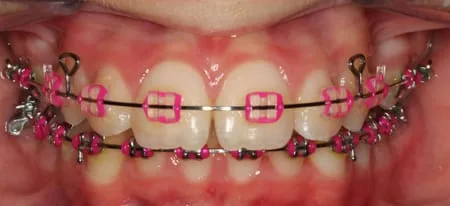
How do I know what color braces to get?
Selecting the right color for your braces involves considering several factors to ensure you choose a color that complements your look and makes you feel good. Here are some tips to help you decide:
- Personal Preference: Think about your favorite colors and how they make you feel. Choosing a color you love will make you feel more comfortable and happy with your braces.
- Skin Tone: Some colors might look better depending on your skin tone. For example:
- Fair skin tones: Pastel shades and lighter colors can look great.
- Medium skin tones: Jewel tones like turquoise, emerald green, and royal blue often look striking.
- Dark skin tones: Bold colors like red, gold, and deep purple can be very flattering.
- Teeth Color: Consider the color of your teeth. Darker colors like navy blue, dark purple, and black can make your teeth appear whiter, while lighter colors might highlight any discoloration.
- Occasions and Seasons: You might want to change colors based on seasons or upcoming events. For instance, bright colors for summer, earthy tones for fall, or festive colors for holidays.
- Experimentation: Since you can change your braces colors at each orthodontic appointment, don’t be afraid to experiment with different combinations to see what works best for you.

What Colour is recommended for braces?
Recommended colors for braces often depend on personal style, lifestyle, and specific needs. However, some universally recommended colors include:
- Dark Blue: This color is a popular choice because it is stylish and tends to make teeth look whiter.
- Dark Purple: Similar to dark blue, it offers a bold and sophisticated look while enhancing the whiteness of teeth.
- Black: It can make teeth appear whiter, but it’s essential to ensure that it doesn’t make the braces look like there’s food stuck in them.
- Red: A confident and energetic choice that stands out and adds a bit of flair to your smile.
- Turquoise: A fresh and vibrant option that is flattering for many skin tones.
- Pink: Both light and hot pink can be playful and appealing, adding a fun element to your braces.
While these are some recommended colors, it’s crucial to choose a color that you feel confident and happy with. Discuss with your orthodontist for more personalized recommendations based on your teeth and lifestyle.

What color braces make teeth whiter?
Choosing the right color for your braces can indeed make your teeth appear whiter. Here are some colors that can help achieve this effect:
- Dark Colors: Darker colors create a contrast with your natural tooth color, making your teeth appear whiter. Popular dark colors include navy blue, dark purple, and black.
- Emerald Green: This jewel tone not only looks sophisticated but also enhances the appearance of whiter teeth.
- Burgundy or Maroon: These deeper shades of red can provide a striking look while also making your teeth look whiter.
- Royal Blue: This vibrant yet dark shade can highlight the whiteness of your teeth effectively.
Avoid lighter colors such as white, yellow, or pale hues as they can make your teeth appear more yellow or highlight any discoloration. Additionally, clear or light-colored bands can show stains more easily, which can detract from the whiteness of your teeth. Always discuss your options with your orthodontist, as they can provide guidance based on their experience and your specific situation.






